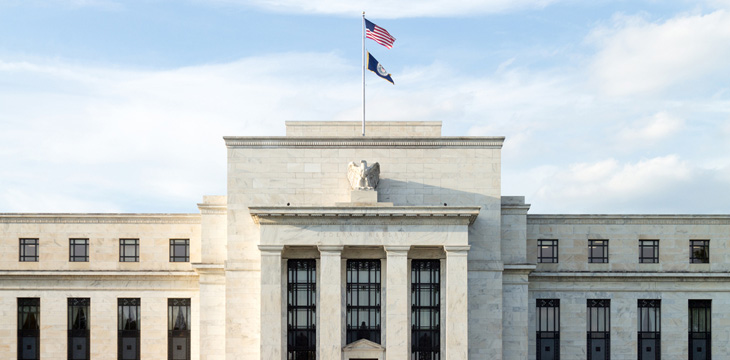|
Getting your Trinity Audio player ready...
|
The United States Federal Reserve has been experimenting with distributed ledger technologies and digital currencies as it works towards digitizing the U.S. dollar. The Fed’s board member Lael Brainard revealed that the central bank has been studying and testing DLT for years now and is currently working on a hypothetical digital currency oriented to central bank uses.
Brainard revealed the Fed’s DLT progress in her speech during the San Francisco branch’s Innovation Office Hours event last week. Speaking via webcast, she cited the COVID-19 pandemic as a stark reminder of the great need for a resilient, trusted and accessible payments infrastructure.
For the past few years, the Fed has been conducting in-house experiments on distributed ledger technologies to understand the opportunities and risk they pose, she revealed. Further, the regulator has been studying the implications of digital currencies on the “payments ecosystem, monetary policy, financial stability, banking and finance, and consumer protection.”
The watchdog has also been working on a digital currency, she revealed, stating, “To enhance the Federal Reserve’s understanding of digital currencies, the Federal Reserve Bank of Boston is collaborating with researchers at the Massachusetts Institute of Technology in a multiyear effort to build and test a hypothetical digital currency oriented to central bank uses. The research project will explore the use of existing and new technologies as needed.”
Brainard acknowledged that there is still a lot to be done if the Fed were to issue a CBDC, including changing the existing restrictive regulations.
“Separately, a significant policy process would be required to consider the issuance of a CBDC, along with extensive deliberations and engagement with other parts of the federal government and a broad set of other stakeholders. There are also important legal considerations.”
At the moment, the regulator hasn’t decided on whether it will undertake the policy changing process.
The Fed has had to accelerate its digital currency and DLT efforts in recent years to keep up with the rapid changes in payments systems across the globe. As Brainard conceded, the rise of Bitcoin and subsequent stablecoins has shed a light on the need to digitize payments. Additionally, other countries such as China have moved ahead rapidly and the U.S. now risks falling behind.
To learn more about central bank digital currencies and some of the design decisions that need to be considered when creating and launching it, read nChain’s CBDC playbook.

 01-02-2026
01-02-2026 




